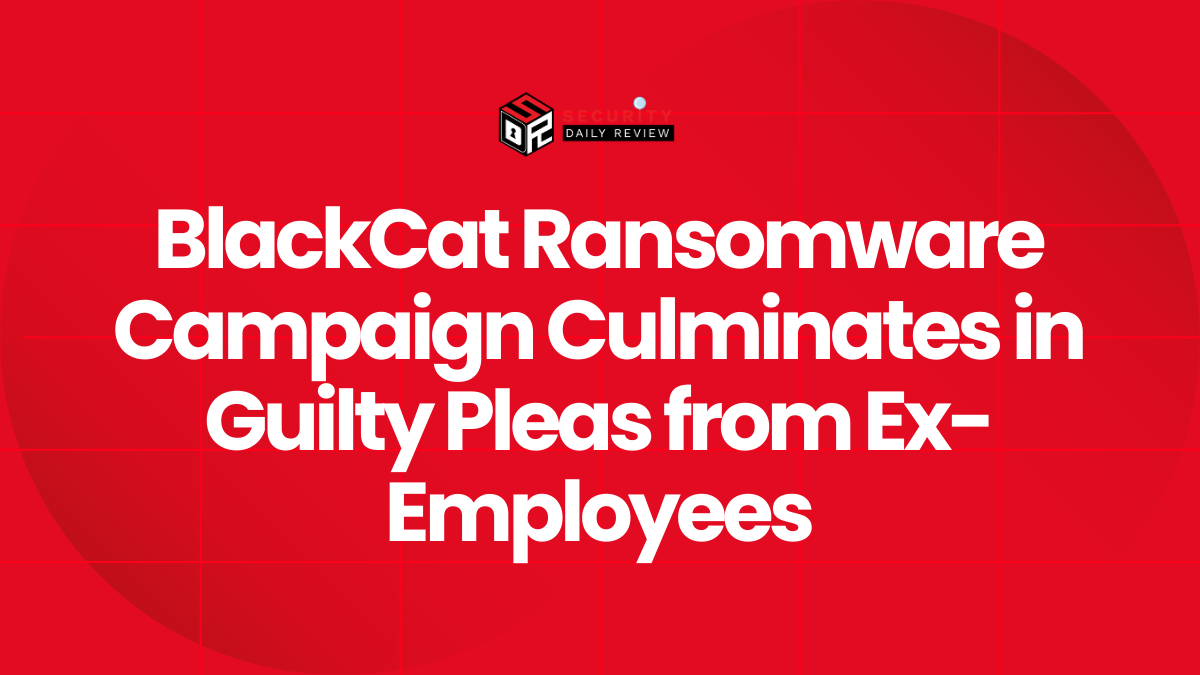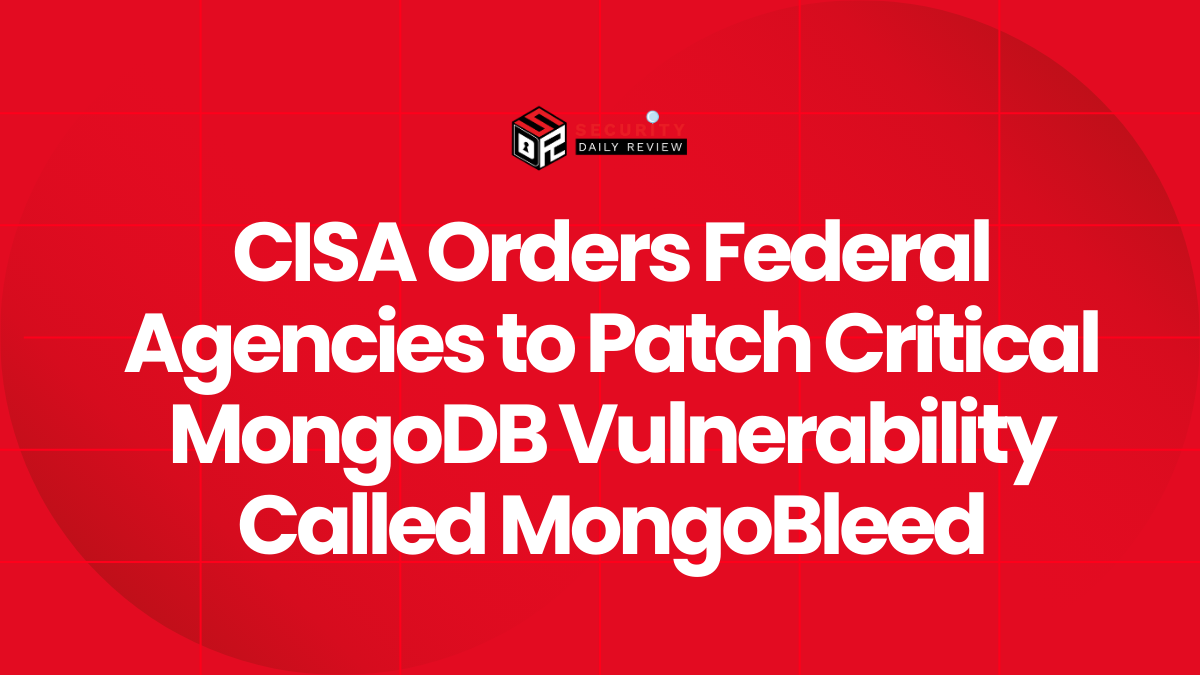Automotive Giant Toyota Data Breached After Files Exposed Online
Toyota recently validated reports that a threat actor successfully breached its network defenses, making off with approximately 240GB of sensitive internal data which was subsequently leaked on a public hacking forum.
In a statement to BleepingComputer, Toyota stated “We are aware of the situation. The issue is limited in scope and is not a system wide issue. We are engaged with those who are impacted and will provide assistance if needed.”
The unnamed threat actor, referred to by the alias “ZeroSevenGroup”, claimed responsibility for the Toyota data breach, asserting they had hacked a United States branch of the prominent automotive manufacturer.
In a post on the forum dated December 25th, 2022, ZeroSevenGroup divulged they were sharing the stolen files freely, which contained “Everything like Contacts, Finance, Customers, Schemes, Employees, Photos, DBs, Network infrastructure, Emails, and a lot of perfect data.”
BleepingComputer was able to corroborate the date the files were allegedly stolen by Toyota, with metadata from the leaked documents matching the Christmas eve time frame. It appears the threat actor may have compromised a backup server where this sensitive customer and internal corporate material was stored.
Breadth of Stolen Data Spanned Customers, Finances and IT Systems
ZeroSevenGroup detailed the stolen files encompassed reams of information on Toyota employees, customers, contracts and financials. In addition, they claimed to have profiled the automaker’s network infrastructure by using the open-source ADRecon penetration testing tool to extract credentials and mappings from Toyota’s Active Directory environment.
This marks the latest in a string of security incidents and data exposures Toyota has been grappling with over the past few years. In December 2021, Toyota Financial Services notified customers in Europe and Africa of a ransomware attack that breached the company the prior month. Medusa ransomware operators were able to encrypt files and potentially export customer records.
Additionally, Toyota disclosed a separate incident in May 2022 where the geolocation histories of over 2 million customers were inadvertently exposed for nearly a decade due to a misconfigured database in their cloud storage. Just weeks later, they found two more cloud storage misconfigurations leading to further potential exposure of driver profiles and other personally identifiable information dating back to 2013.
Toyota says they have since implemented automated monitoring of cloud environments and made configuration adjustments to help prevent similar data leaks. However, the latest breach indicates their defenses remain vulnerable to advanced adversaries like the group behind this attack.
Technical Details Suggest Network Foothold Achieved via Stolen Credentials
ZeroSevenGroup provided technical specifics that shed light on how the Toyota breach may have unfolded. They claim ADRecon was used to plunder Active Directory for account credentials and network design documents.
This suggests the breach commenced with the theft of valid credentials, potentially from a compromised or leaked account. Once inside the network perimeter, the attackers were able to stealthily move laterally, escalate privileges as needed and eventually access the backup server housing the motherlode of sensitive Toyota assets.
The threat group underscored they also obtained “passwords for the target network”, reinforcing the hypothesis credentials played an integral role in their initial intrusion and allowing such a vast cache of corporate records to be spirited away over time.
Toyota now faces the challenging task of bolstering defenses to withstand even the most sophisticated of adversaries. They will also need to continue notifying impacted customers and strengthen data safeguards to regain trust following this high-profile cyber assault. Moving forward, zero-trust principles and detection of credential theft will be paramount to help block similar incursions.









